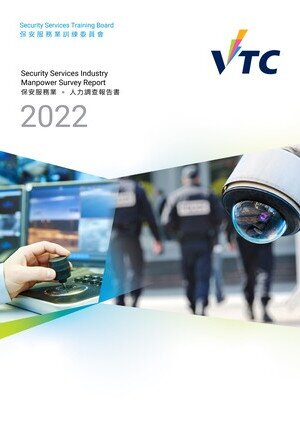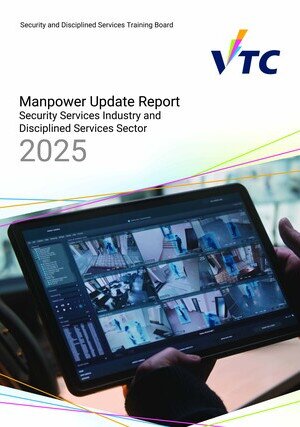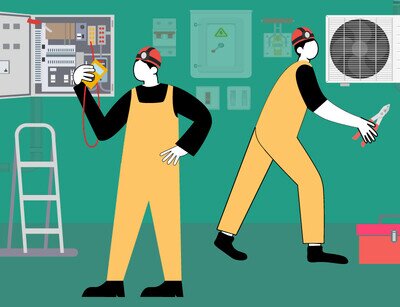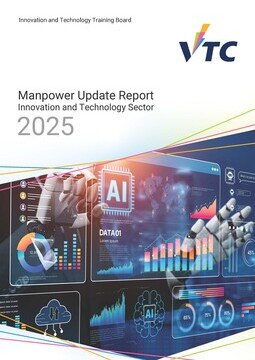Year 2022 Tooltips
“Security and Disciplined Services” was formerly named as “Security Services”. The new name takes effect from 1st April 2023.
Employees
Managerial/ Professional
0
Supervisory
0
Security Guard/ Technician
0
Total
0
Managerial/ Professional
0
Vacancy rate: 3.1%
Supervisory
0
Vacancy rate: 6.0%
Security Guard/ Technician
0
Vacancy rate: 5.8%
Total
0
Vacancy rate: 5.7%
All the percentages are rounded to nearest 0.1%.
Managerial/ Professional
0
Turnover rate: 4.9%
Supervisory
0
Turnover rate: 25.8%
Security Guard/ Technician
0
Turnover rate: 32.4%
All the percentages are rounded to nearest 0.1%.
Monthly Income Tooltips
All the percentages are rounded to nearest 0.1%.
Preferred Education Tooltips
All the percentages are rounded to nearest 0.1%.
All the percentages are rounded to nearest 0.1%.
Recruitment Difficulties
1st
Long Working Hours
2nd
General Labour Shortage
3rd
Low status
Manpower Demand
Average Annual Growth
0
2022
Actual
0
2026
Forecast
0
Note(s):
(1) The figures included employees and vacancies.
(2) The manpower forecast is based on the statistical modelling of relevant economic indicators which reflect important changes in the local economy, demography and labour market.
All the percentages are rounded to nearest 0.1%.
Report

- Security and Disciplined Services
- 2022 Manpower Survey Report
The Challenge of Manpower Shortages and Recruitment Difficulties
The number of employees in the security services industry increased from 121,988 in 2018 to 129,921 in 2022, with a growth of 6.5% or 7,933 persons; the highest growth was in security companies (+6.6%; +7,640 employees). In terms of job level, security guards and technicians experienced the greatest growth (+3,110 employees) and a significant percentage increase was recorded at the managerial/professional level (+82.1%). The vacancy rate of the industry was 5.7%, an increase of 1.3% from the last survey. In addition, 62.4% of employers who recruited within the past 12 months encountered difficulties due to labour shortages. There have been long-term manpower shortages and recruitment difficulties in the industry.

- Security and Disciplined Services
- 2025 Manpower Update Report
Security Services Evolve Amid Cost Pressures and Technological Change
Security services companies have been increasingly impacted by shifting market dynamics and client cost-cutting measures. Many high-end clients, including financial institutions and data centres, have reduced their security staffing, with some sites transitioning from eight-hour to 12-hour shifts to manage expenses. In the property sector, owners’ corporations have re-evaluating the need for full-time, 24-hour security, often opting instead for shorter shifts or enhancing their systems with CCTV and access control technologies. As manpower shortages persist, the industry has been turning to technology,such as AI-powered surveillance tools and integrated monitoring systems,to maintain security standards and improve efficiency. However, challenges remain, including limited digital skills among frontline staff and budget constraints that hinder the adoption of advanced technologies.




























































